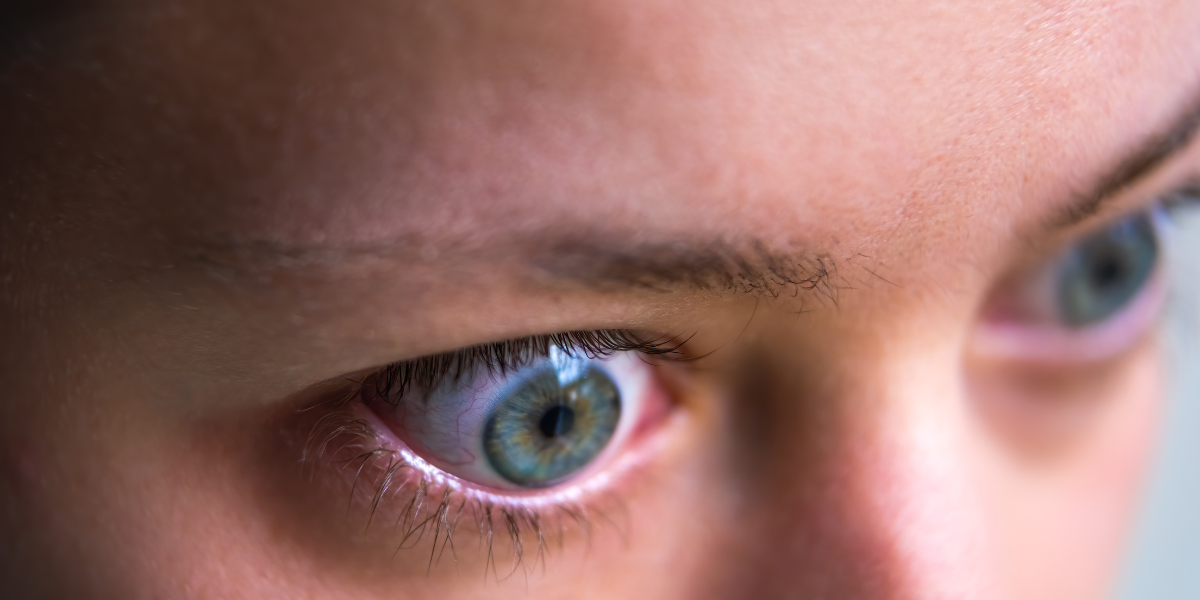Diagnosis and Treatment of Thyroid Eye Disease: What You Need to Know
Thyroid Eye Disease is an autoimmune condition that can affect people with thyroid disorders, particularly Graves’ disease. Thyroid Eye Disease, TED, can cause eye symptoms and if left untreated, can lead to vision problems. What do you need to know about TED?
Thyroid Eye Disease often presents with symptoms such as bulging eyes, redness of the eyes, puffiness around the eyelids and double vision. A physical examination of the eyes, including measurements of eye protrusion and eye movement, can be used to diagnose the disease and its severity. Blood tests to measure thyroid hormones will confirm the connection between thyroid dysfunction and TED in order to rule out other causes. Imaging, like orbital CT scans or an MRI, may be performed to assess the eye muscles and tissues to create a treatment plan.
Treatment for TED requires a multifaceted approach. First, thyroid function must be controlled to prevent further development of the disease. This can be done through medication, radioactive iodine therapy or surgery depending on the type and severity of thyroid disease. Medications to control inflammation around the eyes may also be necessary. Oral or intravenous corticosteroids may be prescribed. Biologic agents, such as Teprotumumab, can also target underlying inflammation. Lifestyle modifications are also recommended to preserve eye function. Protecting the eyes from excessive sun exposure with sunglasses and hats can reduce symptoms, as can using artificial tears or lubricating eye drops.
If these treatments don’t make enough of an impact on Thyroid Eye Disease, surgery may be necessary. There are several procedures that may be recommended. Orbital decompression surgery aims to create more space within the eye socket to relieve pressure on the optic nerve while improving the overall appearance of the eye. Blepharoplasty can correct eyelid retractions, drooping (also called ptosis) or other cosmetic concerns that arise from TED. Strabismus surgery can realign the eye muscles to correct double vision.
A timely and accurate diagnosis of Thyroid Eye Disease is crucial to managing symptoms effectively while preventing further complications. Have more questions about TED? Call Dr. Kevin I. Perman at (301) 571-0000.

